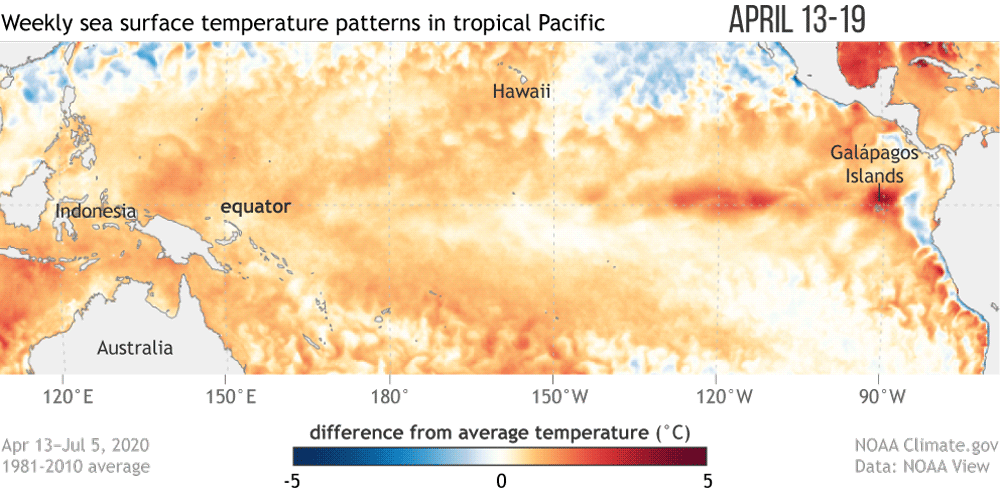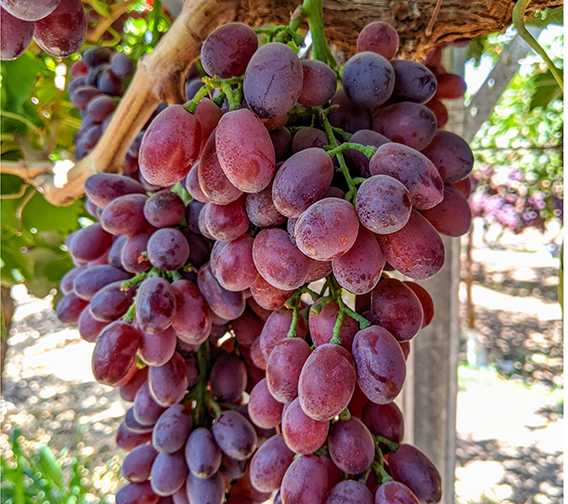The Watch Is on for La Niña! So, What Does It Mean?
The terms El Niño and La Niña might sound alike, but the differences between the two climate phases and their effects are oceans apart – literally. Recently, NOAA issued a La Niña Watch. So, what does that mean?
The La Niña Watch designation means conditions in the tropical Pacific Ocean are favorable for the development of the cool phase of the climate pattern known as El Niño-Southern Oscillation (aka, La Niña) later this year. However, the probability is far from a sure thing. Currently, there’s a 50% to 55% chance of La Niña, a 40% to 45% chance of Neutral conditions, and even still a 5% to 10% chance of El Niño sneaking in.

Typically, La Niña events occur every three to five years or so, but can occur over successive years, according to NOAA. During La Niña winters, the southern tier of the U.S. is often drier and warmer than normal while cooler and wetter in the Northwest. More notably, tropical activity in the Atlantic basin often is heightened during this climate phase as wind shear is reduced, allowing storms that form an easier path forward.
So far, the 2020 Atlantic hurricane season is off to a record start in some respects. Two named storms formed before the official start of the season (June 1). Tropical Storm Cristobal became the earliest third named storm on record when it spun up June 2. Add to that, tropical storms Edouard, Fay, and Gonzalo became the earliest fifth, sixth, and seventh named storms – all achieved by July 21. As of this posting’s latest update, folks in South Texas and northern Mexico were picking up after the season’s first hurricane (Hanna), and Tropical Storm Isaias was clipping along toward the northern Caribbean islands.
The last La Niña occurred during 2016-2017. That event was considered weak. The last strong La Niña campaign happened in 2010-2011. At this point, there is no telling whether this La Niña will be strong, weak, or even take control at all. Stay tuned.
In the meantime, check out the video below for a detailed explanation of La Niña and its effects on our weather.









